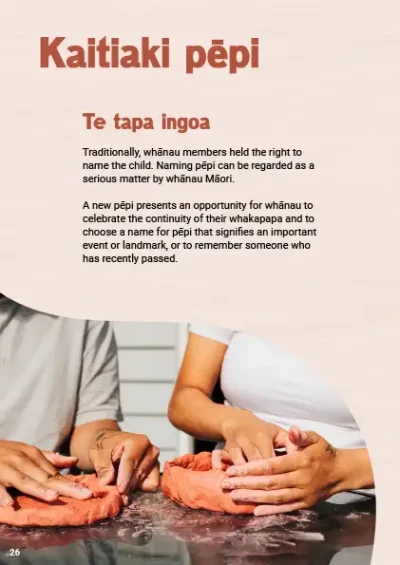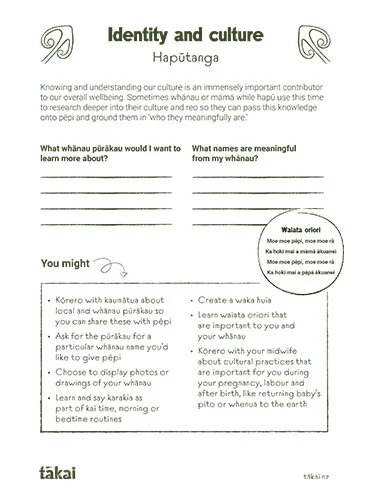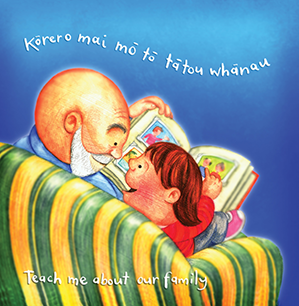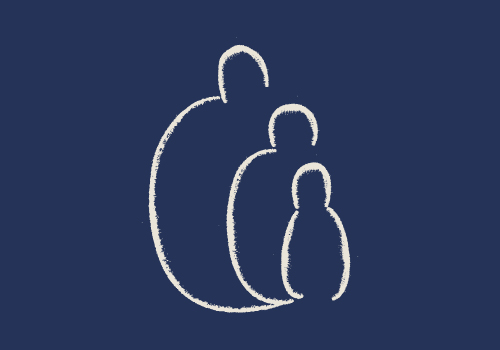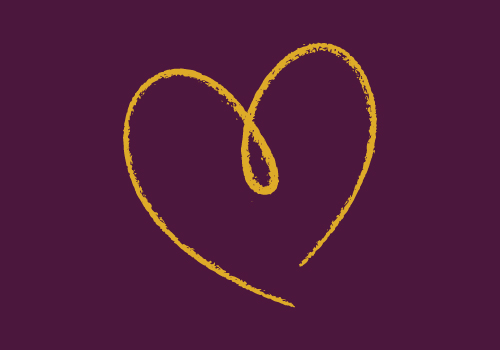
Te tapa ingoa
Te tapa ingoa refers to naming pēpi. Naming pēpi can be regarded as a serious matter by whānau Māori.
On this page
A new pēpi is an opportunity for whānau to celebrate the continuity of their whakapapa and to choose a name for pēpi that signifies an important event or landmark, or to remember someone who has recently passed.
In some whānau there are very strong ‘family names’ that get repeated through the generations.
Whatever decision is made, there’s usually a story that goes with the name.
Naming pēpi
As whānau think about naming their new pēpi, they might want to tap into the knowledge of others, especially about their whakapapa.
Nā tō rourou, nā tōku rourou, ka ora ai te iwi.
Talking about naming baby is one way to open a conversation with whānau about their pēpi, to explore how they’re thinking about pēpi, and the way things happen in their family.
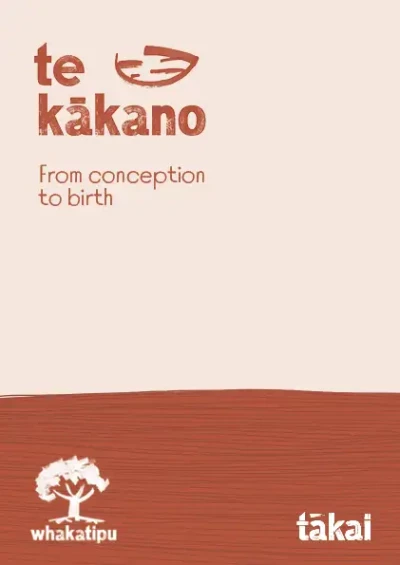 pdf 12 MB
pdf 12 MB
